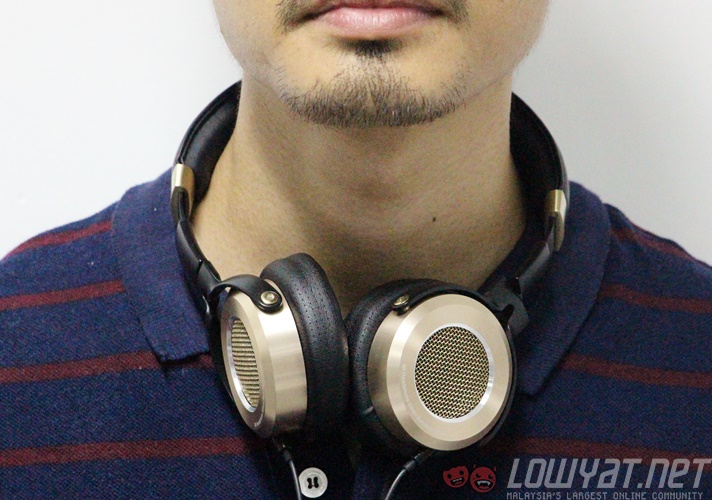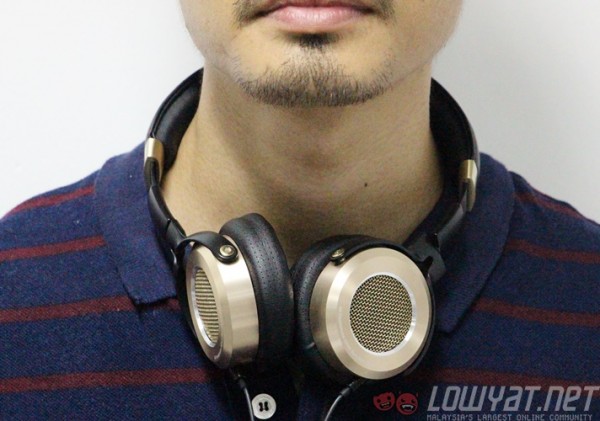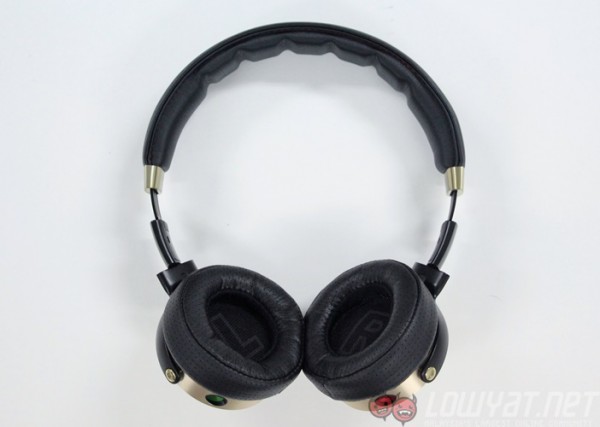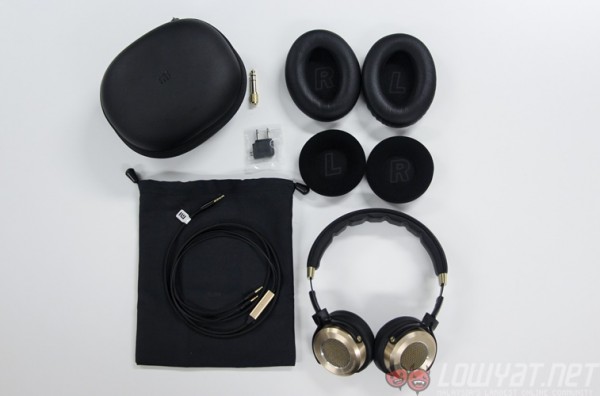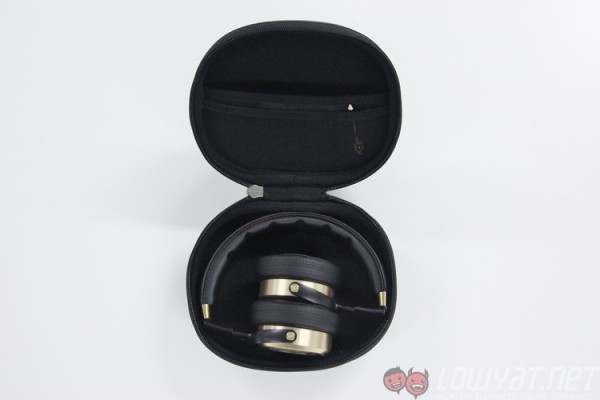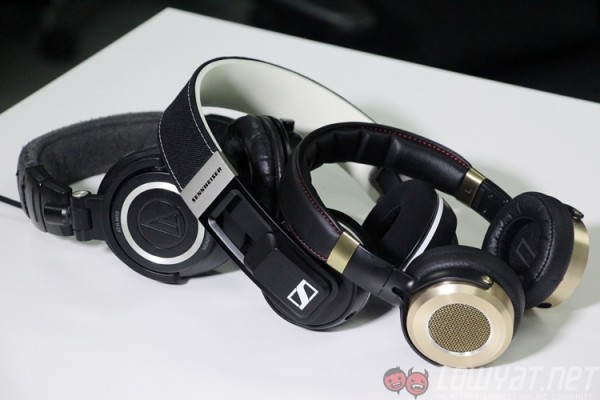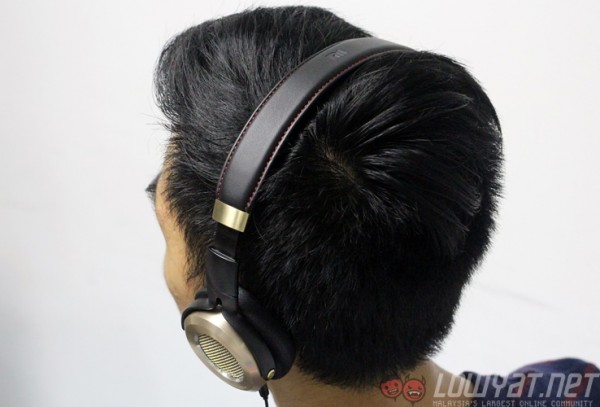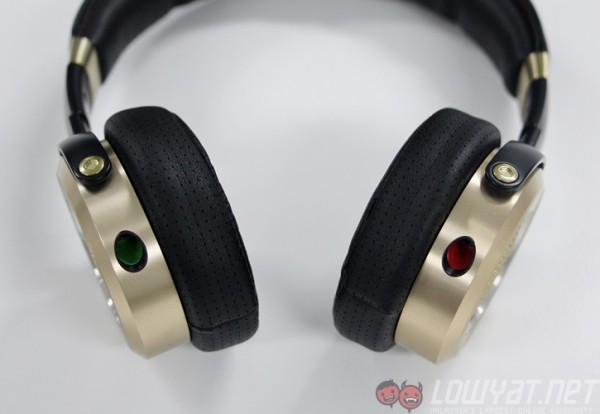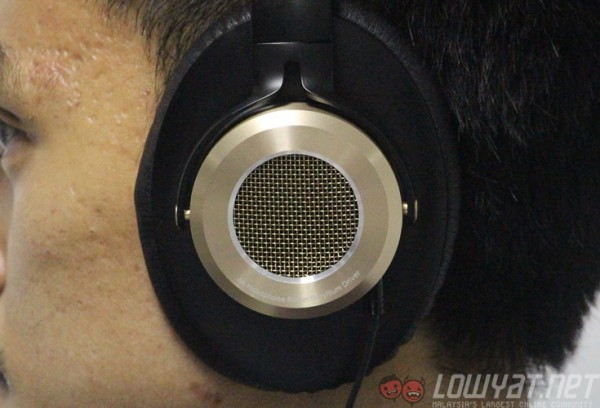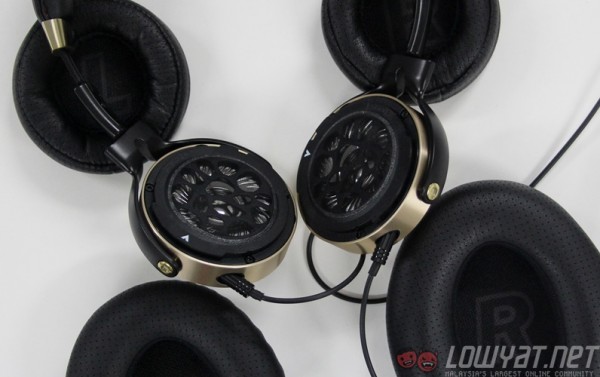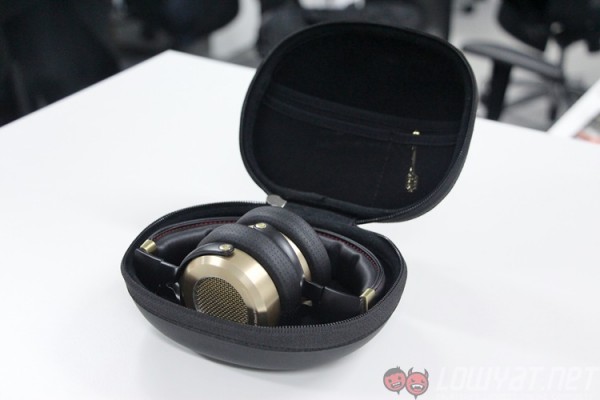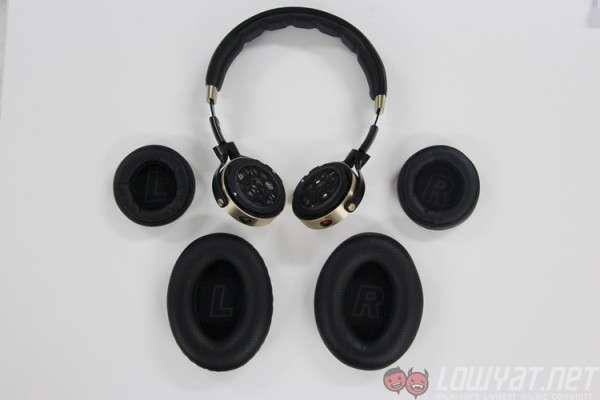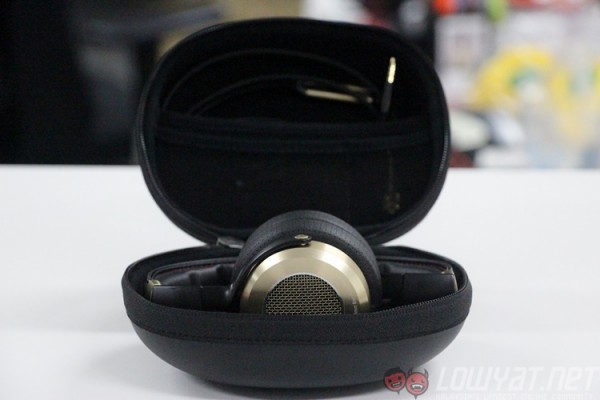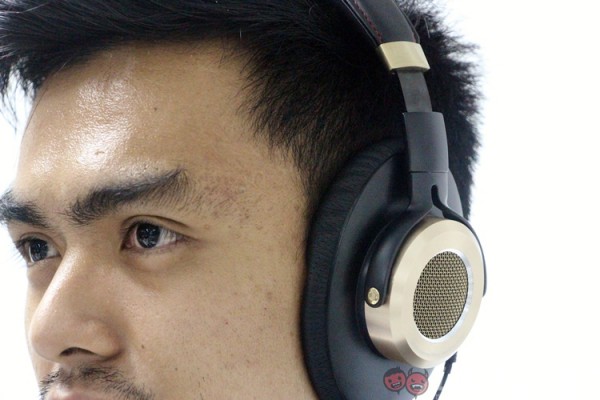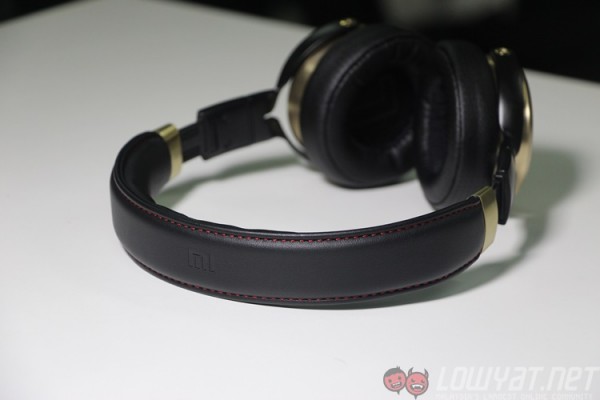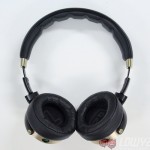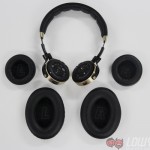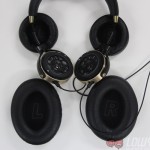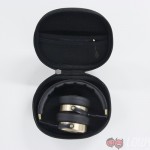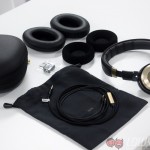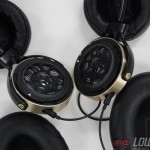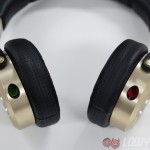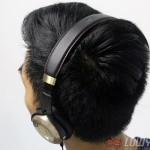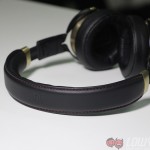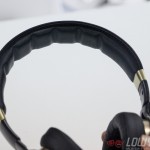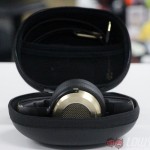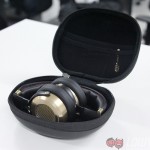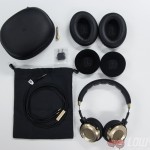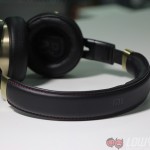Xiaomi’s first entry into the premium headphones market is here. The Mi Headphones are targeted at audio enthusiasts seeking for “true sound representation” priced at a level that is accessible by more than just enthusiasts. From our review of the Mi In-Ear Piston earphones, we already know what Xiaomi is capable of with its audio products, but how would these headphones fare in the trained ears of an audio engineer?
We approached Adrian Yew, an audio engineer whose past experience has brought him to various jobs from mixing engineer in studios to location sound mixer on sets. In his free time, he can be found researching on the latest audio equipment and manly man boots. As a personal acquaintance, I can also count on him to fairly judge Xiaomi’s RM319 premium headphones. The following is what he has to say.
First Impressions
To be honest, I was a little sceptical about how good a pair of headphones can be for RM319, especially for a brand that isn’t known for making good audio gear. In the world of headphones it is generally understood that you get what you pay for, unless they’re a pair of Beats headphones. But right from the moment I was passed the Mi Headphones I was pleasantly surprised.
What’s inside is not at all what you’d expect from a simplistic, understated, white Apple-esque box which seems to look like a larger box for the latest flagship smartphone. Upon unboxing the contents, the all-white packaging actually does well to accentuate the finish and colours of the Mi Headphones.
Every Mi Headphone comes bundled with a plethora of add-ons and accessories, such as a 3.5mm to 6.3mm gold-plated adapter, an airplane adapter, a microfibre drawstring pouch, a hard zip case and most impressively, three different ear cushion kits (one of which is already fixed onto the headphones). The inclusion of the hard zip case is a big win in my books. The case has compartments for securely storing various accessories and adequately protects the headphones. Most headphones – even the more expensive ones – only come with a soft pouch.
For the rest of the review, I will be comparing the Mi Headphones plenty of times against two other headphones set the benchmark that the Mi Headphones should match based on the specs: the Audio-Technica M50 (a no-frills industry workhorse that’s been labelled as the “anti-Beats”; a refreshed version, the M50x, retails for RM698) and the Sennheiser Urbanite, a pair of premium lifestyle headphones that retails for RM769.
Design & Aesthetics
The Mi Headphones feature an attractive slim profile combined with a retro rose gold and black colour scheme, paired with red contrast stitching on the headband. Needless to say, all of these lends a stylish and chic appearance on the Mi Headphones. This is a stark contrast to the design of some other branded headphones which can be either glossy, plasticky, bulky, cheap-feeling…or all of the above. In terms of looks, Xiaomi has definitely hit all the right notes.
The use of rose gold, in particular, is a bold choice. Headphone designers generally stick to either fun or functional colours and themes, presumably to avoid coming off as tacky or pretentious. In the case of the Mi Headphones, however, I found the rose gold and black colours to blend seamlessly and expertly highlights the 50mm beryllium driver casing and aluminium grille. This would not look out of place as a lifestyle or fashion accessory – which I feel could be in the thoughts of Xiaomi’s designers. Credit to them for pulling it off, and for even daring to do so in the first place.
Another thing Xiaomi did well was to minimise large and unsightly brand logos or writing, and instead opted for a subtler approach, such as the embossed “MI” logo at the top of the headband and the tiny wordings on the driver casing that highlights the use of large 50mm beryllium drivers.
Build Quality
However, I found that overall, the headphones feel a bit stiff and tight around the headband and when adjusting the slider to fit. Perhaps this may be due to the smaller size of the headphones, but this should be an area that premium headphones should excel in. That being said, the drivers do sit nice and secure on the ears, while the on-ear soft cushion are very comfortable on the ears, unlike the Audio-Technica M50 that I own, which can get a little uncomfortable at times because of the slightly stiffer material that presses against your ears.
As for the aluminium finish on the driver casing and grille, it looks prone to minor nicks and scratches the longer you use them – the review unit I’d been using already began showing signs of wear less than a week into using them – though they’re barely noticeable.
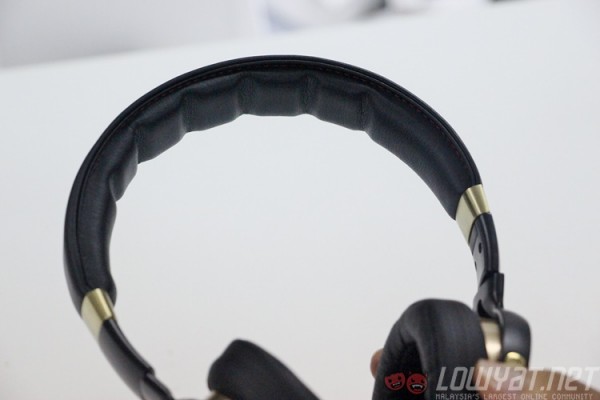
On top of that, the long-term durability of the Mi Headphones is questionable compared to the M50 and Urbanite. The Mi Headphones are simply not as solid, flexible and rugged as its pricier counterparts, so you should handle these headphones with greater care if you desire to maintain its clean and polished look for the long run.
On that note, too, it goes without saying that these are not a pair of headphones that you’ll want to bring into harsh environments, as the finishing will not be able to withstand the rigours of the outdoors – nor do I feel it is built for that purpose. I would categorise these headphones in the consumer range market as a product meant for audiophile-lifestyle enthusiasts who demand a high-end audio experience on the go, while also doubling as a stylish and cool fashion statement.
Function & Performance
There are no L-R symbols or indicators on the outer side of the headphones, which means you’ll have to either rotate the drivers towards where the symbols are located, or take a glimpse at the underside of the headband near the sliders. Under certain lighting conditions, they can be hard to view. Besides that, the drivers themselves only swivels 45 degrees one way, so users will have to be mindful not to force them the other way or risk damaging it.
On the other hand, the Kevlar-braided cable – which is also featured on the RM50 In-Ear Pistons – prevents tangles and the length is optimised for use with a mobile phone or audio player fitted in the pocket. Along the cable, there’s also a built-in Knowles microphone as well as volume and song controllers, further adding value and additional uses for the Mi Headphones.
The Mi Headphones also feature three pairs of screw-on ear pads, giving users the ease and convenience of switching from supra-aural to circumaural with just a twist-and-lock mechanism. It really makes this product stand out in terms of value and design, and this is really the type of initiatives you’d like to see from other headphone makers. These companies might argue that quality of sound is paramount and fancy modular design may just be a gimmick, Xiaomi’s Mi Headphone allows those who prefer on-ears or over-ears to buy just one product – that in itself is a selling point for Xiaomi.
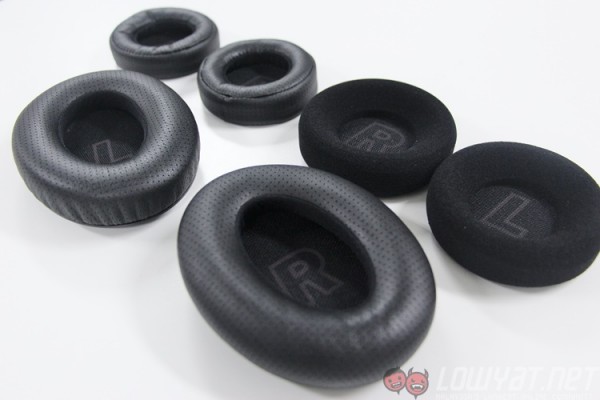
Noise isolation on the Mi Headphones isn’t great, and sound leakage is apparent – but this is to be expected from semi-open back headphones. The circumaural pads do provide some improvements, though. However, one advantage in being a semi-open back as opposed to the close-back design of the Sennheiser Urbanite and Audio-Technica M50 is the fact that the user is less likely to suffer from ear fatigue, allowing users to use them for longer periods.
Now, on to the most important aspect of any headphones: sound quality.
Stereo imaging and width on the Mi Headphones are very impressive for this price point. Vocals and instruments can be heard clearly and there is good depth and separation in the sound stage, making it quite an enjoyable experience.
However, that’s if you get past the first thing you notice when using the headphones: it’s pretty bass-heavy. There is a lot of energy in the sub-bass, lows and lower-mid frequencies when compared to the Urbanite and M50. A bottom-heavy sound, or pumped-up bass response can be desirable for some, particularly to bass heads as the low-end boost accentuates the resonance frequencies of kicks, snares, toms and bass, making them sound more punchy and energetic. But, this also causes the overall mix to sound boomy, muddy, loose and cluttered – it’s especially apparent with music which already has a lot of low-end energy present.
This bass-heavy approach also can be a little distracting for some people, especially for those like me who prefer a much flatter tonal balance and tighter low-end. When it comes to audio, there’s always some subjectivity involved.
In the high mids and highs, there are no real harshness or piercing sibilance, which is pleasant. However, at this range the audio is a bit muffled and lacking in a bit of clarity when compared to the M50. In the highs, the Mi Headphones is almost like the polar opposite of the M50, where the M50 can be a bit harsh while the Mi Headphones can sound a bit tame.
Having said that, for its price range, the Mi Headphones really does sound good, clear and detailed with an added low-end oomph (for better or worse, depending on what you prefer). Its impedance level is also designed to be suitable for mobile phone outputs. Furthermore, due to its open back construction, you could really wear it for long periods of time and not fatigue your ears as quickly as the M50 or Urbanite.
Naturally, the Mi Headphones are not designed for professional use for monitoring or mixing (where critical listening and accurate tonal balance is paramount) like the entry-level M50 are, but then again how many people out there actually need a pair of professional headphones unless your job requires you to?
Conclusion
From the exterior of the headphones, you can already tell that the Mi Headphones are more suited to the lifestyle audio enthusiast, those who would consider purchasing a Sennheiser Urbanite or God forbid, a pair of Beats. If you’re wondering why a pair of Beats headphones isn’t one of the two headphones I compared the Mi Headphones to, there’s a simple answer for that: the Beats Studio headset in the Lowyat.NET HQ did not function after a long time stowed away – despite being almost brand new.
The Mi Headphones really impressed me. It punched well above its weight as a pair of consumer-line headphones, especially considering its RM319 price tag. That being said, other audio-centric headphones from Grado, Sennheiser and Audio-Technica may offer better audio quality in terms of accuracy and having less coloured tonal balance, though they don’t quite match the Mi Headphones’ head-turning design and packaged accessories. For the price and the exceptional accessories they’re packaged together, I almost felt that the Mi Headphones had no right sounding as good as they did.
No wonder everyone’s crazy about Xiaomi.
Reference music:
1. ‘Waiting’ – Dash Berlin ft Emma Hewit. [iTunes. WAV]. – Electronic
2. ‘Sleepwalking’ – Bring Me The Horizon. [YouTube. Stream] – Rock
3. ‘Satellite / Stealing time’ – Above & Beyond. [iTunes. AAC] – Acoustic / Orchestral
4. ’Style’ – Taylor Swift. [YouTube. Stream] – Pop
Playback devices:
1. iMac
2. Samsung Galaxy S6 Edge
3. 2010 Macbook 13
Follow us on Instagram, Facebook, Twitter or Telegram for more updates and breaking news.


